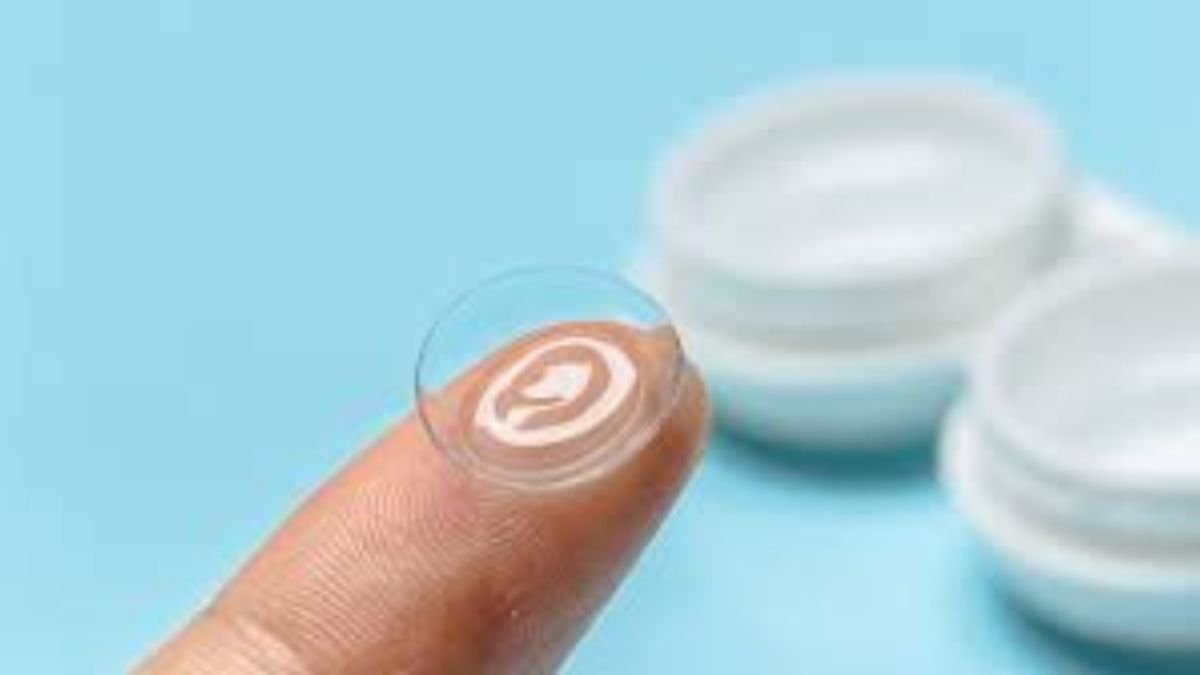Introduction to Contact Lenses
Contact lenses stand as a revolutionary tool in vision correction, adopted by millions seeking a seamless visual experience free from the constraints of traditional spectacles. They serve as thin, curved lenses directly placed on the eyes’ surface, bringing clarity to one’s sight without the hindrance of frames. Originating in the early 20th century, contact lenses have seen significant evolution both in design and material usage. Initially created from glass, which was unbecomingly brittle and uncomfortable, contact lenses have since been transformed utilizing advanced materials like flexible silicone hydrogel. The Contact Lens Solution Guide offers a resourceful overview for those interested in integrating contact lenses into their routines.
The journey from rudimentary glass lenses to today’s advanced versions highlights the strides made in comfort and functionality. Each era of lens development marks an improvement not only in the wearer’s comfort but also in the lens’s ability to address varied optical conditions, making them a versatile choice for almost anyone in need of vision correction.
Why Choose Contact Lenses?
Contact lenses offer numerous compelling advantages that make them a preferred choice for vision correction. Unlike spectacles, they provide a wide, unobstructed field of view, essential for activities that require high-precision vision, like sports and driving. Contact lenses eliminate the familiar nuisances of glasses, such as fogging from temperature changes, slipping down the nose during physical activity, and the limitation of visual aesthetics. These lenses support a lifestyle that demands mobility and active engagement, aligning perfectly with the demands of modern, dynamic living.
Furthermore, beyond the pragmatic aspects of wearing contact lenses, there’s a psychological benefit as well. Wearers who wish not to obscure their faces with glasses appreciate the natural appearance contact lenses offer, ensuring their fashion choices are highlighted without obstruction. This provides a boost to self-esteem and confidence, particularly among those who prioritize cosmetic appeal.
How to Determine the Right Contact Lenses for You
Determining the appropriate contact lenses involves a thorough assessment of individual eye health, prescription needs, and lifestyle considerations. Users must evaluate factors such as the types of visual impairments—be it nearsightedness, farsightedness, astigmatism, or presbyopia—each condition requires specific types of lenses. Specialized versions, such as toric lenses for astigmatism or multifocal lenses for age-related vision decline, are available to address these issues. The American Optometric Association provides comprehensive information on selecting lenses tailored to specific ocular conditions.
Additionally, consideration of wear schedules—daily disposables versus long-term lenses—plays a crucial role in comfort and hygiene. With professional consultation, users can navigate these choices to find the most suited option for their eyes, ensuring both comfort and optimal vision correction.
Addressing Common Concerns
Despite the numerous advantages of contact lenses, certain apprehensions persist among potential users. Concerns often revolve around discomfort, the risk of infection, or the nuisance of losing the lens. However, many of these issues can be effectively managed with proper lens care and adherence to wear guidelines. Comfort is significantly improved with the advancements in lens materials that allow for better oxygen permeability, reducing the risk of dry eyes.
Dispelling myths and concerns, regular eye exams, and maintaining a meticulous hygiene routine substantially mitigate risks associated with contact lenses. Consulting routinely with an eye care professional can help address individual concerns, ensuring a safe and effective contact lens experience without compromising eye health.
Caring for Your Contact Lenses
The cornerstone of safe contact lens usage is adhering to a rigorous care regimen. Proper cleaning methods are crucial to preventing infection and ensuring the longevity of the lenses. This includes using the correct cleaning solutions and following prescribed routines for safely cleaning, disinfecting, and storing lenses. Avoiding extended wear beyond recommended durations and replacing lenses as prescribed safeguard eye health.
Moreover, it is important to develop habits such as washing hands thoroughly before touching lenses and avoiding water exposure, which can introduce harmful bacteria into the eyes. These mundane yet vital tasks ensure that the eyes remain healthy and the lenses performant, providing clear vision with minimal risk of complications.
The Future of Contact Lens Technology
The rapid pace of technology promises a thrilling future for contact lenses, heralding innovations that extend beyond mere vision correction. Developments in smart contact lens technology project potential use in monitoring health indicators through sensors embedded into the lens. These advancements could allow lenses to track glucose levels or even monitor intraocular pressure for glaucoma patients, seamlessly integrating health management into everyday eyewear.
Moreover, the potential for augmented reality applications hints at transformative uses in fields such as gaming, education, and navigation, expanding the scope of contact lenses far beyond their original purpose. Institutions like the Mayo Clinic are at the forefront of researching these capabilities, pushing the boundaries of what contact lenses might achieve.
Conclusion
In conclusion, contact lenses present a versatile solution for those seeking to balance aesthetics and functionality in vision correction. They unlock many lifestyle benefits, offering an unobstructed view of the world. From selecting the right lens to understanding care protocols and exploring future technological potentials, contact lenses remain an ever-evolving field, paving the way for a clearer, more vibrant future.

